Graphic design is an art, and designers usually have various tools in their pockets to create their art. One of the most powerful tools designers utilize is texture, which adds depth, interest, and dimension to digital designs.
Texture allows designers to make their designs appear life-like and genuine, creating a physical illusion that makes digital designs appear to feel or have a specific quality. The texture is essentially the feeling associated with something, whether it’s the fabric of a blanket, the sense of bark on a tree, or the feeling of your hand rubbing against silk––these are all sensations associated with various textures.
By utilizing texture in their designs and incorporating them thoughtfully, designers can create an immersive experience that draws viewers in and elevates the design. Incorporating texture into graphic design has various benefits, from transforming something lifeless and dull into something dynamic and captivating that can brighten viewers’ experience.
As a designer, whether you’re looking to add some subtle texture to your design or make a bold and impactful stance with texture, there is always a way you can utilize texture. Let’s look at how to use texture in graphic design.
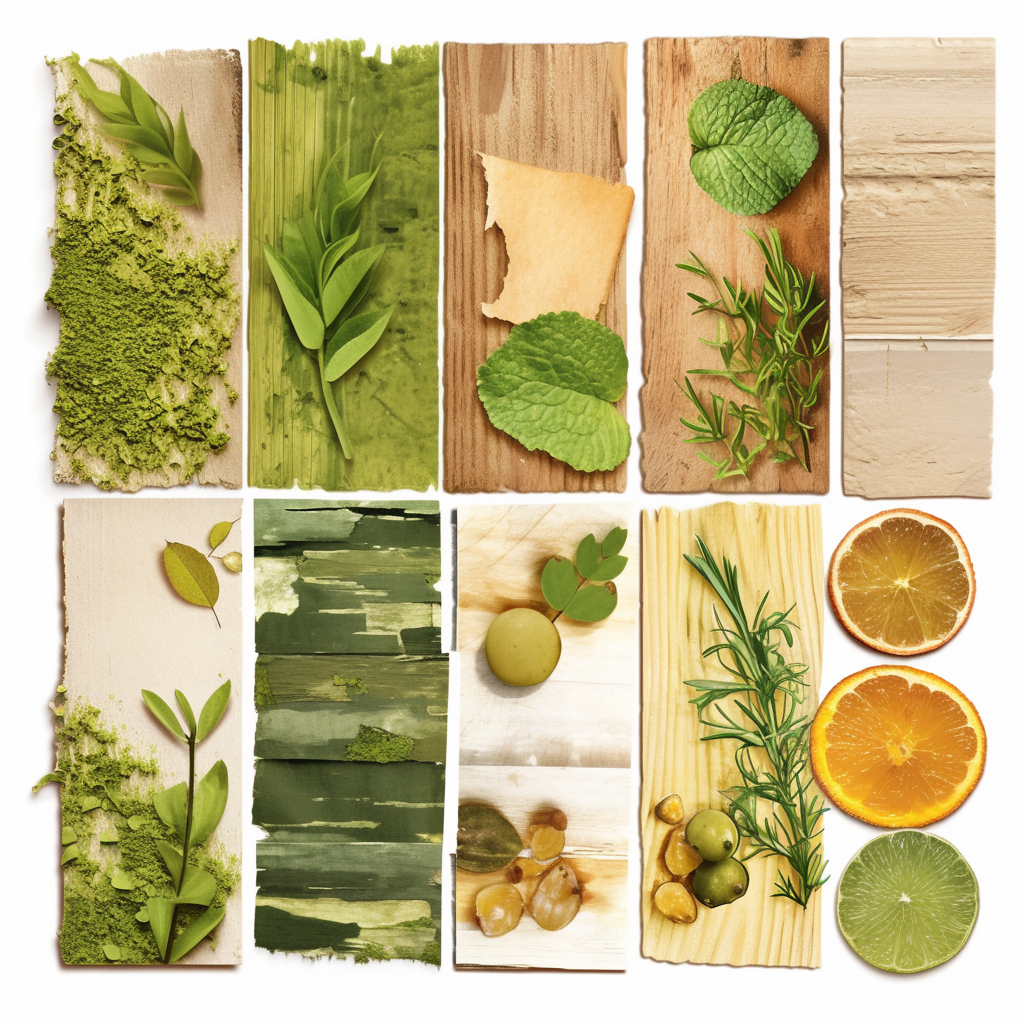
Natural Textures
Natural textures are one of the easiest ways to add texture to designs. These bring it back to nature and can help people to reconnect with their natural roots through design. Natural texture in design looks like adding the touch of a small feather, crisp fresh grass, soft spring flowers, or rough tree bark. Even if most of the design is flat, adding some slight texture can help to add contrast, drama, and effect. Including natural elements in designs can bring the design to life, adding warmth and vividness.
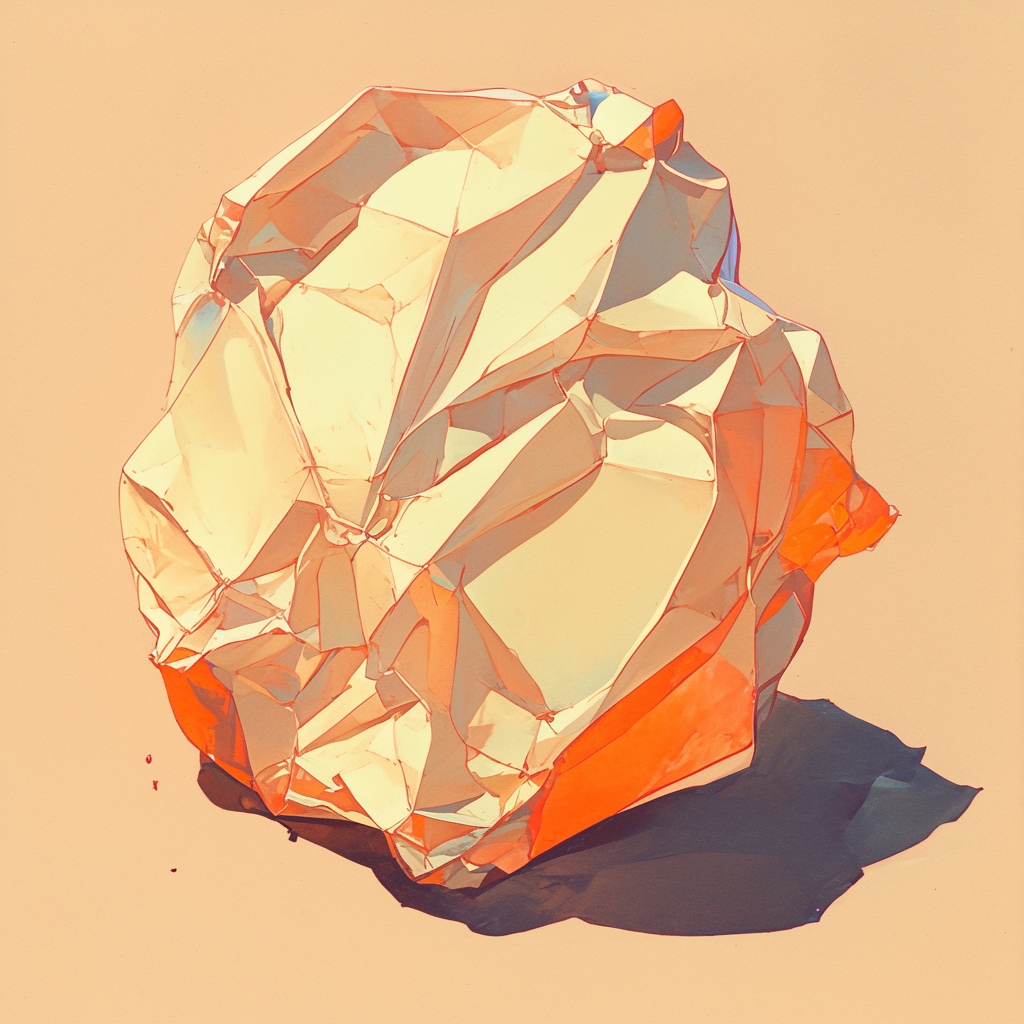
Paper Textures
Artificial textures, such as paper, are an effective way to add visual interest to designs. These are textures such as crumpled paper, textiles, or other surfaces that add a unique element to otherwise flat designs. Using paper textures can make the design appear life-like and add something that adds a distinctive element. Remember that texture can be found in everything, even as simple as crumpled paper.
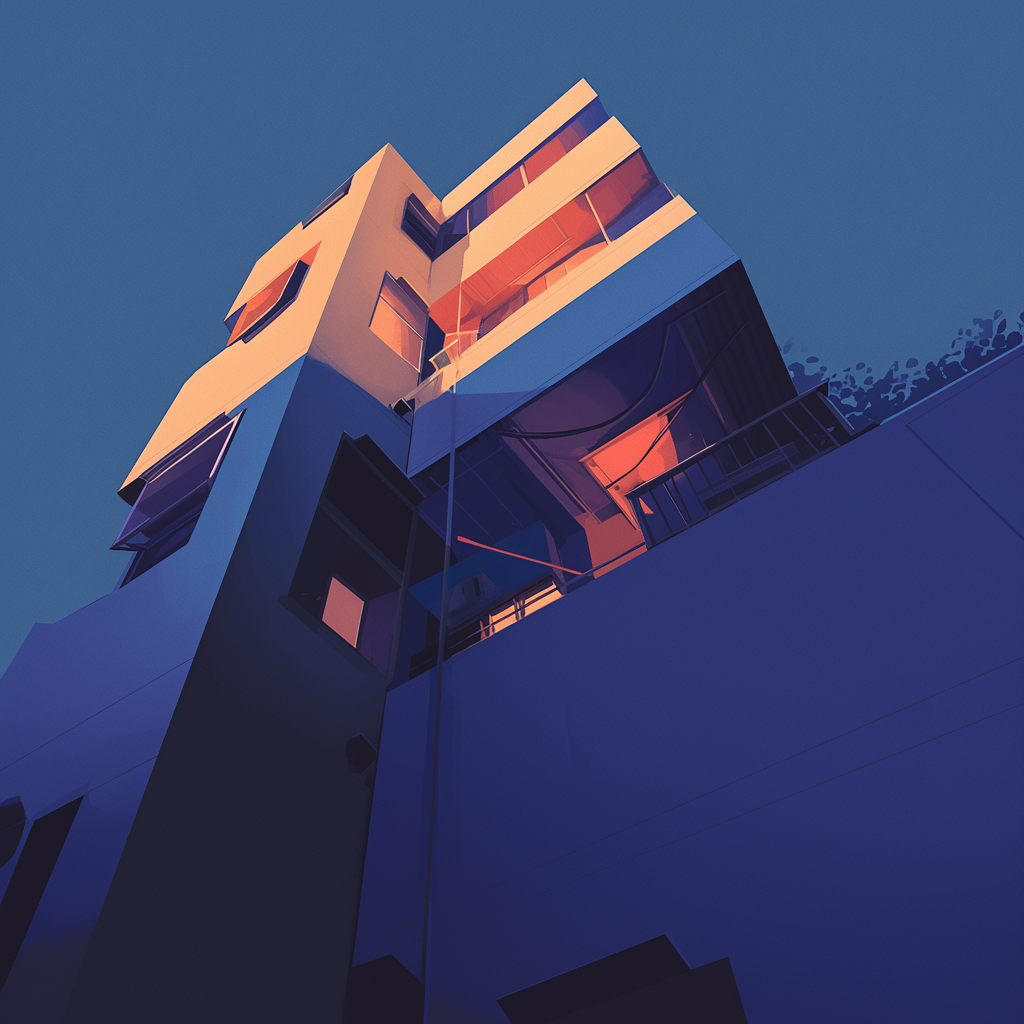
Photography Textures
Sometimes, texture doesn’t have to be so specific, as it can be the use of photography to create texture. Choosing the right photographs and then adjusting colors and transparency can create a sense of texture through photography. The photographs can be highly detailed, adding depth and creativity to the design in a unique way.
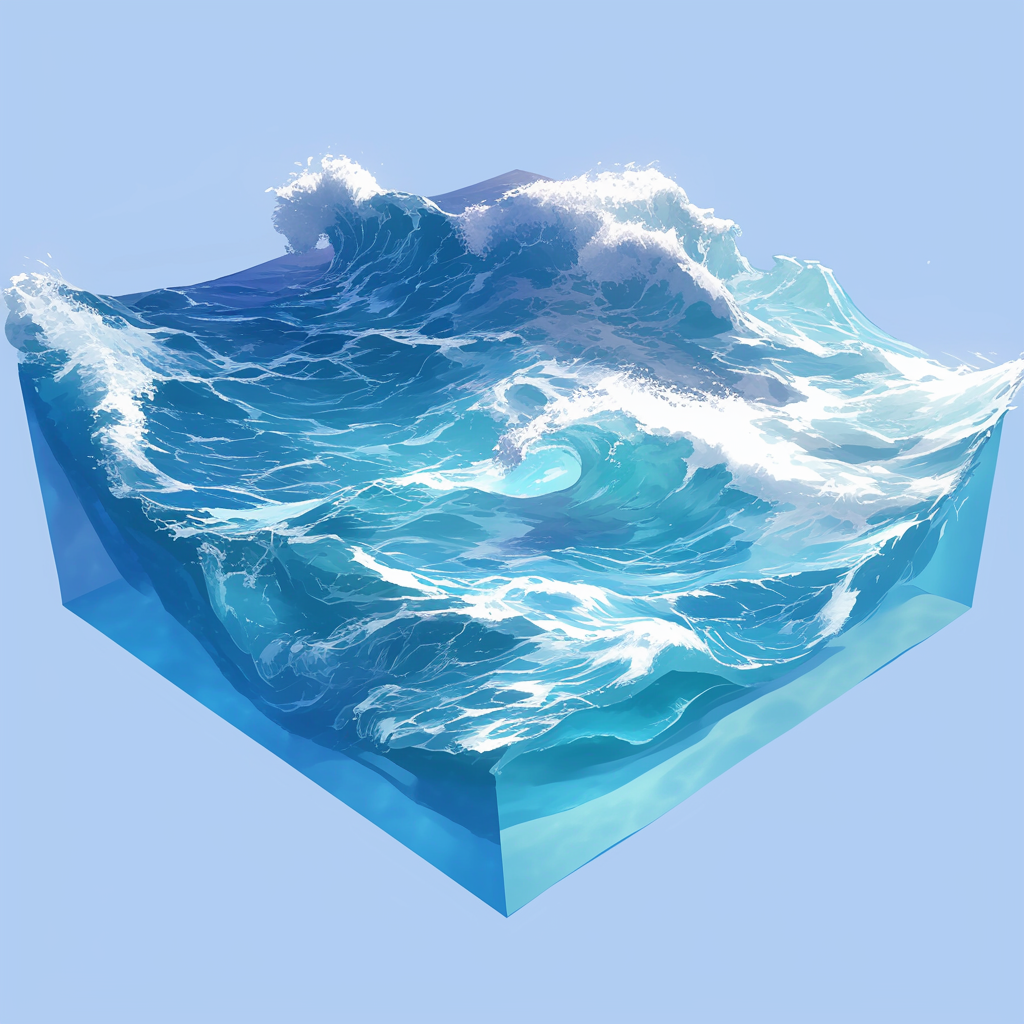
3D Texture
Perhaps the most well-known and obvious form of texture is to add 3D. The 3D texture is a bit of a shortcut when creating texture in design, but it is a different technique. Using 3D to create texture correctly is difficult and challenging to master. It involves using opacity and transparency to create a sense of depth in the design. The background can be used to create a lawyering process that uses 3D along with other subtle texture techniques.
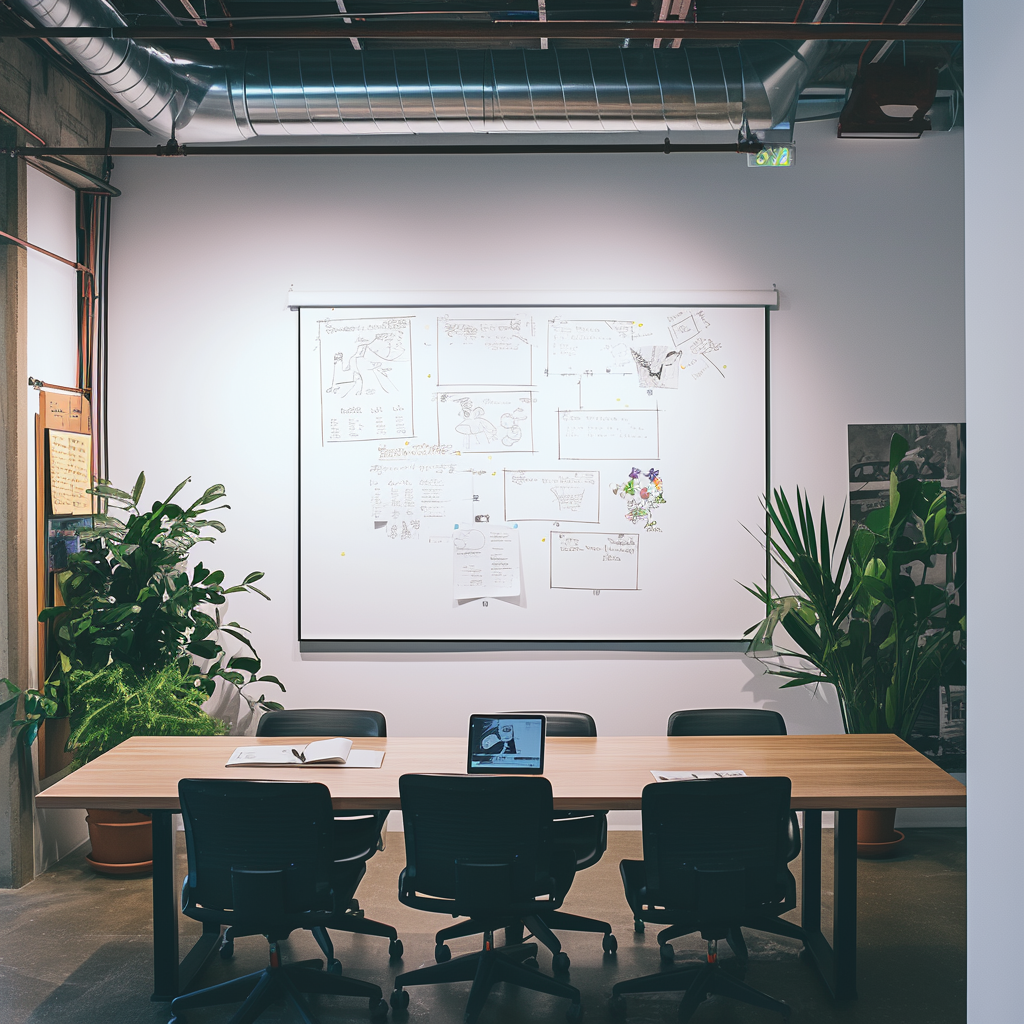
Font Textures
Textured fonts are a fantastic way to add unique elements to traditional designs. Pre-made textured fonts can give you a simple solution to add depth and creativity to your designs. Textured fonts can be added to designs with texture or even be the main texture point. Rather than spending time and effort creating textured elements to add to your design, you can simply include a textured font.
Conclusion
Texture is a transformative tool in graphic design, offering endless possibilities to enhance and enliven digital creations. Whether through the organic charm of natural textures, the tactile allure of paper and photography, or the bold statement of 3D elements and textured fonts, the thoughtful application of texture allows designers to craft work that resonates with depth and realism. Texture adds visual intrigue and creates an emotional connection, making designs more relatable and memorable.
By mastering the art of texture, designers can breathe life into their projects and ensure their work stands out in an increasingly saturated digital landscape. Whether you subtly enhance or boldly define your designs, incorporating texture is essential for a professional finish. Experiment with these techniques, and watch your designs transform from ordinary to extraordinary.
